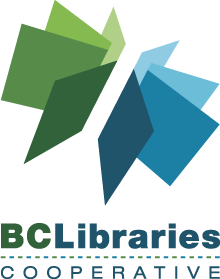This is a training guide for LibPress site managers about accessible web content best practices, such as: guidelines, tips, and links to further resources about creating accessible digital content. The goal is to ensure that everyone, regardless of different abilities or situations, has access to information.
- Overview: Approaching Accessibility
- Respectful & Plain Language
- Content Design & Structure
- Visual Presentation
- Images & Alt Text
- Appendix: Audit of a LibPress Site
- Appendix: Legislation BC & MB
- Appendix: Definitions
- Appendix: Resources & Links
LibPress & Accessibility Webinar
Webinar from 12 Sep 2023. Not recorded, but outline provided below with links to relevant training pages in this module.
As BC legislation on accessibility continues to evolve, LibPress members should begin work to identify barriers preventing equal access to their LibPress sites. In this webinar we will discuss assistive technologies, best practices for creating accessible content, and strategies for remediating the current content on the website. We will also review several tools that will help you check for access issues, such as user interface options and automated checkers.
LibPress Accessibility Module
Accessible BC
Overview: Approaching Accessibility
- Assistive Technology, Video of screen reader to demonstrate how a website is read by someone who is blind
- Simon Jaeger of the National Network for Equitable Library Service (NNELS) demonstrates screen readers (for LibPress webinar 1:25-8:55):
Respectful & Plain Language
Content Design & Structure
Visual Presentation
Images & Alt Text
Note AccessibleLibraries.ca website created to assist Canadian libraries with a clearinghouse of accessibility articles and other information such as webinars from NNELS — review for resources, but also note layout design.
New LibPress Tools: Maple Public Library demo
Discussion
Next Steps: Strategies for Remediation
- Identify: key problems, high traffic pages, high value pages
- Page management: use categories, assign authors
- What more do you want to see as a resource?
Remediation Notes
Consider your audiences. Do not stop at “everyone!” as this isn’t particularly useful, and won’t prompt you to look for issues at the content creation stage–let alone during remediation. Think of actual patrons you know that may have challenges using your site, and if appropriate, engage them in testing. For instance, someone with low visibility may have trouble with the background image of your site. Or, newcomers to your area may need a page clearly written information that discusses local resources available.
Create a styleguide for web use, that covers accessibility issues:
- Designing clear images
- Colour contrast hex codes for use with high contrast ratio
- Language terms to avoid, and which to use instead.
- Templates for consistency
- Create a checklist before publishing
